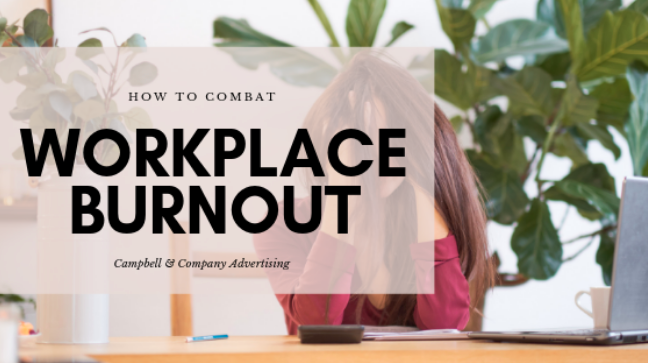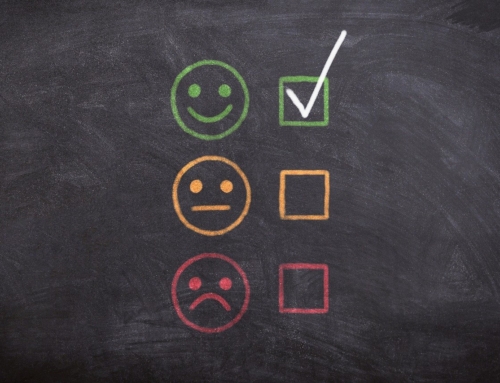Burnout – We’ve all been there. The days run together, but the hours drag on. You feel uninspired, drained, apathetic. Maybe you just need more coffee, you think to yourself. Maybe it’s something more.
What Is Burnout?
Welcome, my friends, to the world of burnout. It’s been a very real feeling for longer than we know (I’m sure cartographers and scribes hated their jobs, too), but only recently has it been officially diagnosed. According to the World Health Organization (WHO), occupational burnout is a syndrome linked to long-term, unresolved, work-related stress.1 Burnout is characterized by three symptoms:
- Feelings of energy depletion or exhaustion
- Increased mental distance from one’s job, or feelings of negativism or cynicism related to one’s job
- Reduced professional efficacy
Some may tell you to tough it out or that it’s all in your head. However, mental illness has a serious, tangible impact in the workplace. According to the WHO, “Depression and anxiety have a significant economic impact; the estimated cost to the global economy is $1 trillion per year in lost productivity.” Not only that, the organization cites that for every dollar put into scaled-up treatment for common mental disorders, there is a return of $4 in improved health and productivity.2 Workplaces addressing burnout is not only beneficial for the individual but also the company.
What Can I Do?
On the individual’s side, a few things you can do to help manage burnout3 include the following:
- Discuss specific concerns with your supervisor, and work together to change expectations and reach an agreement.
- Set goals for what must get done and what can wait.
- Seek support from coworkers, friends or loved ones and take advantage of any employee assistance programs or HR resources.
- Try a relaxing activity to manage stress such as yoga, meditation or tai chi.
- Exercise. Regular physical activity can help you to better deal with stress and take your mind off work.
- Sleep! If you have trouble sleeping, consult your doctor on how to catch every last Zzz.
- Practice mindfulness. Focusing on your breath and finding awareness of what you’re sensing and feeling can help you face work-related situations with openness and patience and without judgment.
- See a medical professional. It’s okay to ask for help, whether that’s from your primary care physician or a licensed counselor.
For Managers & Supervisors
If you’re an employer wondering how to handle burnout in your team, Workplace Strategies for Mental Health offers plenty of resources on how to care well for the people who work for you. Some of the strategies for addressing employee burnout include:4
- Understand the issue.
- Consider what you can change at your level.
- Recognize signs and symptoms.
- Develop a workplace recovery plan.5
- Help employees understand their value to the organization and their contributions to the organization’s goals.
- Enforce reasonable work hours, including, if necessary, sending employees without good boundaries home at the end of their regular workday.
- Help assess workload for those who feel pressured to remain working beyond normal business hours.
- Encourage social support and respect within and among work teams.
- Support physical activity throughout the workday.
- Strongly encourage the taking of breaks away from the work environment.
- Make sure that employees have the necessary resources and skills to meet expectations.
Fostering a healthy work environment will be better for everyone in the long run. If you still have questions, do your research! Follow the links from this article and figure out the best strategy for your company to support mental health in every employee.
————————-
1 https://www.who.int/mental_health/evidence/burn-out/en/
2 https://www.who.int/mental_health/in_the_workplace/en/
3 https://www.mayoclinic.org/healthy-lifestyle/adult-health/in-depth/burnout/art-20046642
4 https://www.workplacestrategiesformentalhealth.com/managing-workplace-issues/burnout-response
5 https://www.workplacestrategiesformentalhealth.com/managing-workplace-issues/developing-a-workplace-plan







